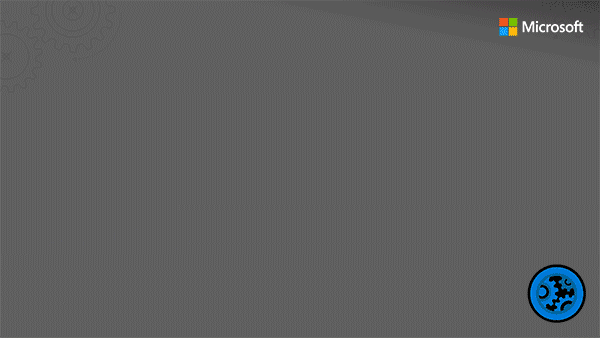Cloud Shell, Management and Governance
Managing your resources with Azure Cloud Shell
Posted on
2 min read
Back in May this year we announced the public preview of Azure Cloud Shell. If you haven’t tried it out yet, Azure Cloud Shell gives you a new way to manage your resources in the Cloud. It’s a browser-based shell experience, which means it’s accessible from virtually anywhere. It authenticates with your Azure account so you can remotely access your Azure resources and even attaches to your Azure File Storage so you can always have your stored scripts at your fingertips, no matter which machine you use. This allows you to manage on-the-go from any browser or even the Azure Mobile App.
On today’s Microsoft Mechanics, Rick and I demonstrate how within your browser you can use BASH or PowerShell (currently in private preview) to troubleshoot or automate your most common management tasks.
Persisting your files and working from anywhere
In Azure there are thousands of containers with configured Cloud Shell environments waiting for you to connect. These are geo-diversified, so we assign you an instance in a region geographically close to you.
Once the connection is established, Cloud Shell attaches your specified Azure File storage containing all the scripts and PowerShell modules that you have saved there.
Using Cloud Shell you don’t need to worry about different versions of Azure CLI or installing anything on your machine. Microsoft maintains and updates Cloud Shell on your behalf and includes commonly used CLI tools such as kubectl, git, Azure tools, text editors, and more. Cloud Shell also includes language support for several popular programming languages such as Node.js, .NET, and Python.
Launching Cloud Shell from the browser or your phone
You can launch Cloud Shell while logged into the Azure Portal by clicking on the “>_” button in the upper right corner near your name, right between notifications and settings. I know it is calling out to you… We’ve even instrumented many of our tutorials on docs.microsoft.com with Cloud Shell so you try out the commands directly within those articles. And if you’re not near a computer, you can even launch Cloud Shell from the Azure Mobile App on your phone.
Try Cloud Shell today
If you have an Azure subscription, even a trial, you can try Cloud Shell today. The preview for BASH is enabled now and you can register for the PowerShell private preview simply by going to https://aka.ms/PSCloudSignup and answering six simple questions. Once you’re up and running, check out the show for a few samples and tips about what to try and let us know what you think.
